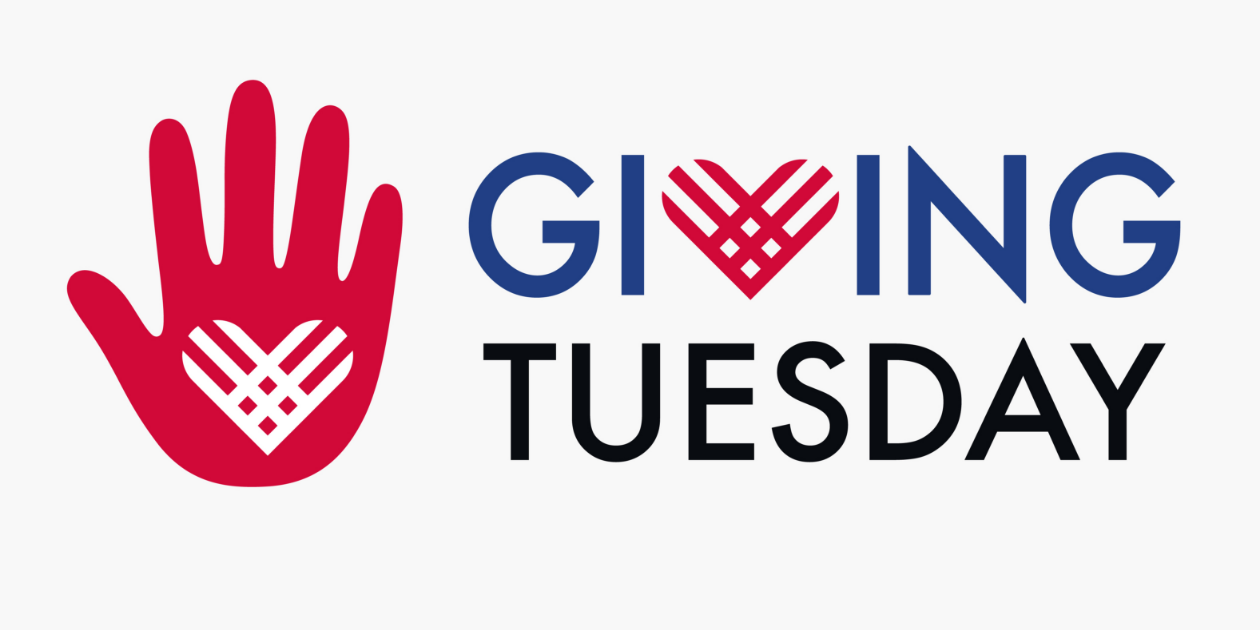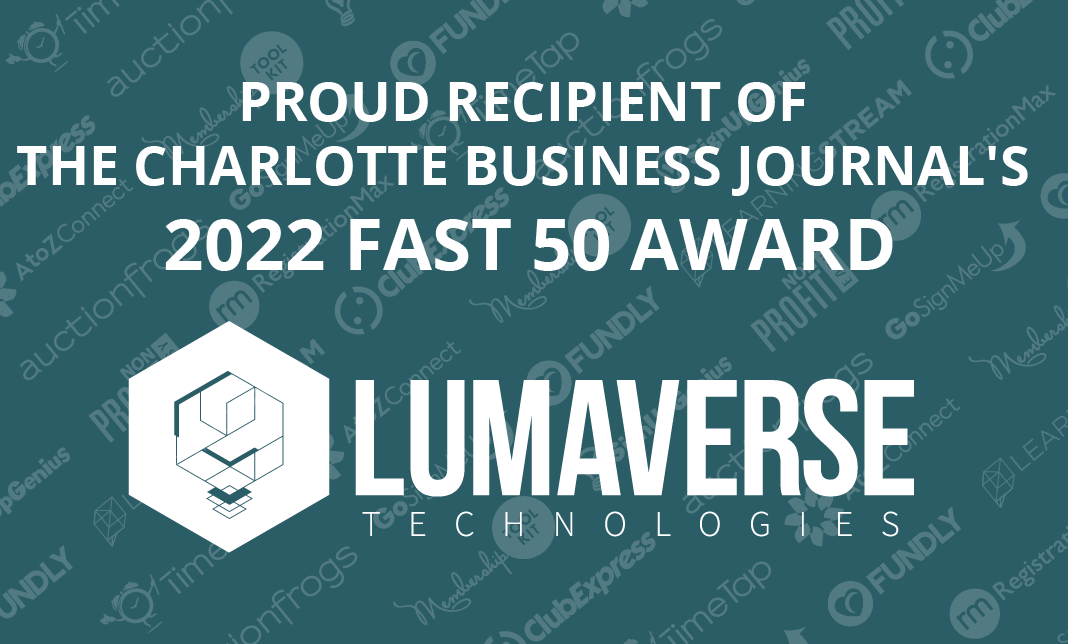Is your nonprofit struggling to grow? Has COVID impacted your bottom line and you now need to do even more with less resourcing?
Often, organizations plod along for a while, making do with piecemeal technology solutions. They endure labor-intensive and manual processes before they realize a constituent relationship management (CRM) software can solve multiple issues at once by boosting engagement, marketing, and fundraising efforts.
If you see yourself struggling with more than a few of the following, it may be time to start looking into adopting a nonprofit CRM.
Here are 10 great reasons to invest in a CRM:
- You want to stop keeping your data in silos: Data is collected and kept in multiple places and by multiple people. There is no connection between your volunteer, member, donor, and event attendee information. When one person needs data that’s managed by someone else, it’s a chore to share the right information and you wonder if it is accurate.
- You want to spend less time managing your data: You know your contact list has outdated info, but there’s little you can do. Updating contact information takes hours, and it’s no one’s “job.” Taking data from one place and putting it in another is just part of your monthly task list or contact process so you keep doing it the same way as before.
- You want to easily use your data: You often need to talk to multiple people and pull information from multiple sources in order to get the list of contact information you need. Then it is a chore to manipulate and interpret the data.
- You want to better understand your constituents: their history with your organization, interests, behaviors, recent events, donation activity, and even demographics and psychographics. We call this having a 360-degree view of your constituent, and it’s the most powerful piece of a CRM. Additionally, CRM gives you insight into all constituents—members, volunteers, event attendees—not just donors. Because your nonprofit community involves everyone.
- You want to send more personalized messages: You can’t segment your audience, so you can only send mass communications to everyone, or you don’t send a communication at all.
- You want to be less reliant on your IT team: You have no dedicated tech person to help fix these issues or consult on solutions. Making any technology-related change seems like an insurmountable technology lift.
- Having more tech agility sounds like a good idea: You need to go to an IT Consultant every time you need to customize, track new info, or report.
- You want easier, more streamlined reporting: Reporting requires hours if not days of manual work.
- Your tech is from the Stone Ages: You’re using antiquated solutions, practices, and processes that are not up to date. This might be budget-related, or because you have no tech person to research and vet new products, or because you’re working with (inferior) products that have not been properly updated and supported over time.
- You suspect you’re leaving revenue on the table: at the end of the day, you want more resources to achieve (and surpass) your mission. The right CRM used the right way, can help you uncover opportunities to drive more participation from all your constituents, from event attendance to fundraising.
There are many reasons for a nonprofit to invest in a CRM. But before you commit, it’s important to make sure your organization is ready.
Here are a few situations to watch out for before you go paying for a CRM:
You don’t have team buy-in. Your team does not understand what benefits they can gain from CRM, what it requires from them, or how it needs to be supported by the technical team.
Action Items:
- Make sure leadership understands what they’re paying for and what they’ll get in return. Setting expectations at the beginning of the process makes sense.
- Explain to practitioners understand how they’re supposed to use CRM and how it will be different and have a learning mindset.
- Have a one on one conversation with your tech lead to make sure he or she is ready to support the team as they make the transition.
You do not have designated a person in charge of the project. Though everyone benefits from a CRM software, not everyone can be responsible for onboarding the organization. Make sure it’s clear whose job this is, what expectations there are around the CRM, whether it is a full- or part-time role, and what other resources might be available to make CRM work for your organization.
Action Items:
- Appoint an organized individual to push the CRM project through and let you know as questions arise.
- Choose someone who understands the value of a CRM, can evangelize to the team, the board, and even constituents. This will be your people person.
You do not have a budget for it. Maybe it is the wrong time of year or maybe you just think a CRM is really expensive and unnecessary.
Action Items:
- Talk with us. Our team can talk to you about how to design an affordable, usable, and scalable solution that’s the right size now but will grow as your org grows. Let us explain the power of a CRM and what it does and doesn’t do for your organization. A 20 minute conversation could transform how your entire organization approaches data management, constituent relationships, and growth.
At the end of the day, you want to better serve your community, do better outreach, and stay connected to your members. The right nonprofit CRM can do just that.



